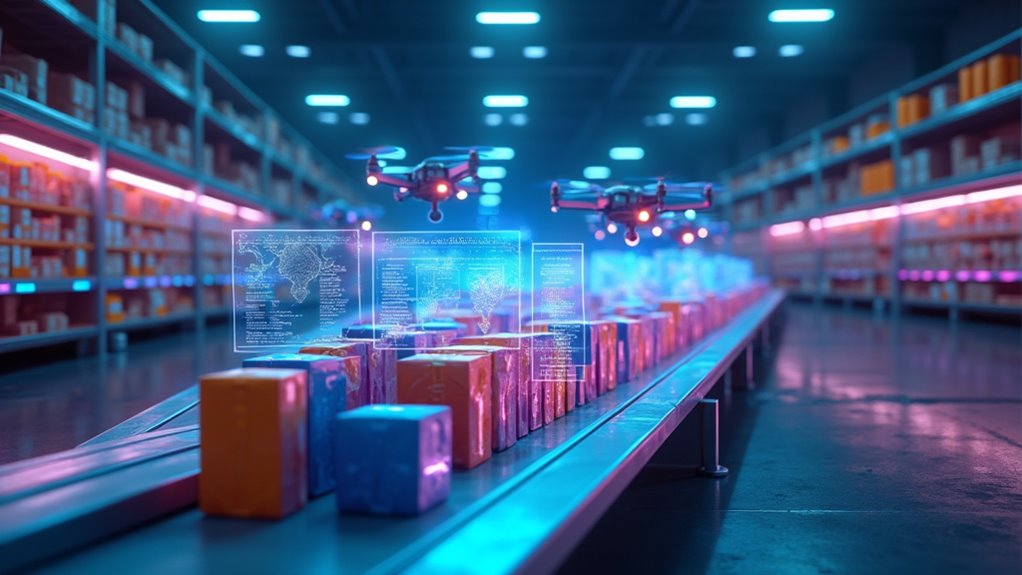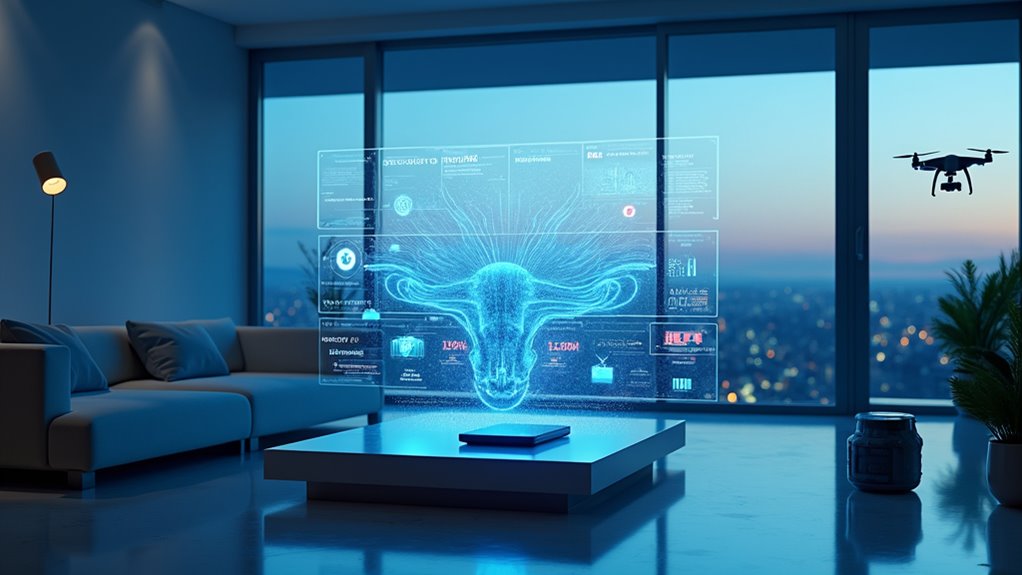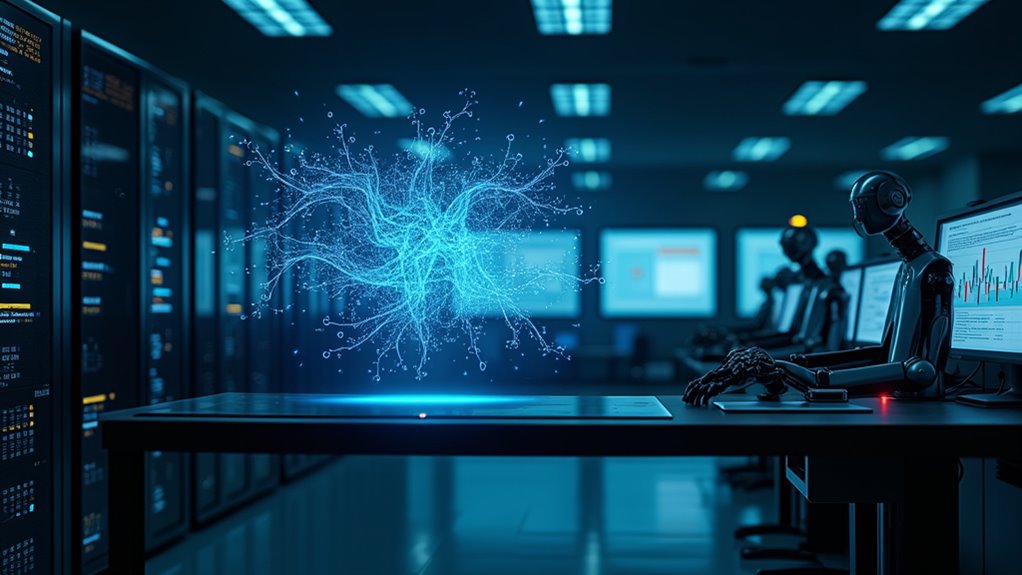AI is radically reshaping e-commerce into an $8.65 billion juggernaut by 2025. Smart algorithms now power everything from 24/7 chatbots to eerily accurate product suggestions that drive 31% of revenues. Digital assistants predict purchases, while AR lets shoppers virtually try on clothes without leaving their couch. Supply chains run smoother, inventory stays optimized, and voice shopping through smart speakers is becoming the norm. The future of online shopping? It’s already here, just smarter than ever.
As artificial intelligence continues reshaping industries left and right, e-commerce stands out as its perfect playground. With the AI market in e-commerce expected to hit a whopping $8.65 billion in 2025, it’s clear that online shopping will never be the same. Over half of e-commerce businesses have already jumped on the AI bandwagon, and honestly, who can blame them? Fast-loading websites that leverage AI for performance optimization see conversion rates triple compared to slower sites.
Let’s talk money. Those personalized product recommendations that pop up everywhere? They’re not just annoying – they’re driving up to 31% of e-commerce revenues. AI analyzes your browsing history, shopping patterns, and probably your zodiac sign too, to figure out exactly what you’ll buy next. It’s like having a personal shopper who never sleeps and knows your taste better than you do. The success of these systems is evident with Netflix’s 80% discovery rate coming from AI-powered recommendations. Collaborative filtering helps match customers with similar tastes to provide more accurate suggestions.
AI isn’t just suggesting products – it’s your digital personal shopper, tracking your every move to predict your next purchase.
Speaking of never sleeping, AI-powered chatbots are working around the clock, answering customer questions and solving problems faster than humans ever could. These digital assistants are getting smarter by the day, thanks to large language models that make them sound almost human. Almost.
Behind the scenes, AI is playing warehouse Tetris with inventory management. It’s predicting demand, preventing overstocking, and making sure you never see that dreaded “out of stock” message again. The supply chain has never been more visible or efficient, with AI tracking shipments and making split-second decisions that would make human managers dizzy.
Visual and voice commerce are taking things to the next level. Want to try on clothes without leaving your couch? AR’s got you covered. Feel like ordering pizza just by shouting at your smart speaker? Done. By 2025, voice shopping will be as normal as using a shopping cart.
The numbers tell the story: e-commerce AI adoption has skyrocketed 270% since 2019. With global e-commerce sales projected to hit $7.5 trillion in 2025, and the AI market expected to reach $45.72 billion by 2032, we’re watching a revolution unfold in real-time.
And let’s be honest – there’s no going back. The future of shopping is here, and it’s powered by algorithms that know us better than we’d like to admit.









